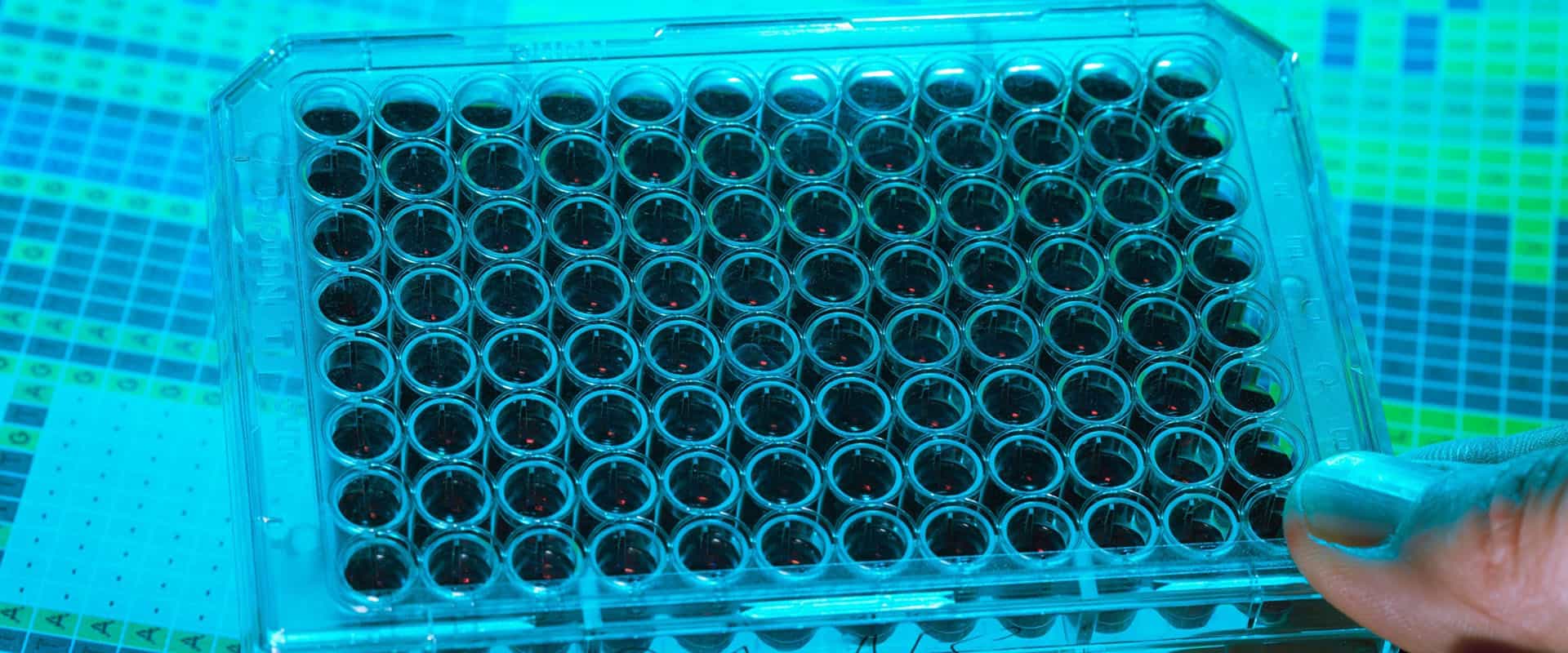HESI OASIS Consortium receives $1.2 million USD grant
The OASIS Consortium, a working group within HESI’s Emerging Systems Toxicology for the Assessment of Risk (eSTAR) Committee, received $1.2 million from the Massachusetts Life Sciences Center Bytes to Bytes Awards. These funds, supplemented with $2.5 from industry, will support laboratory work at the Broad Institute of Harvard and MIT to investigate Cell Painting, transcriptomics, and proteomics for decision making in toxicology. These funds also support two postdocs positions at the Broad Institute. This 3-year project will explore approximately 1600 compounds across 3 cell types, organoids, and microphysiological systems.
Read the full press release here.









